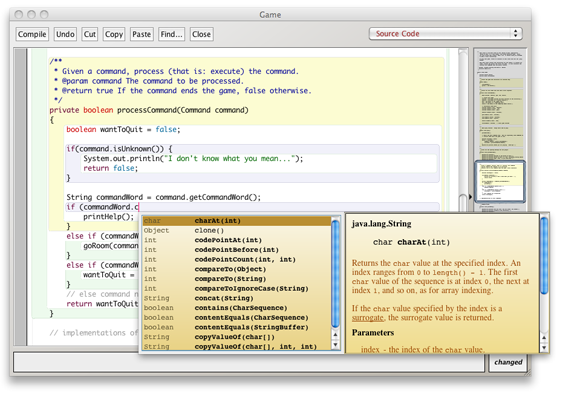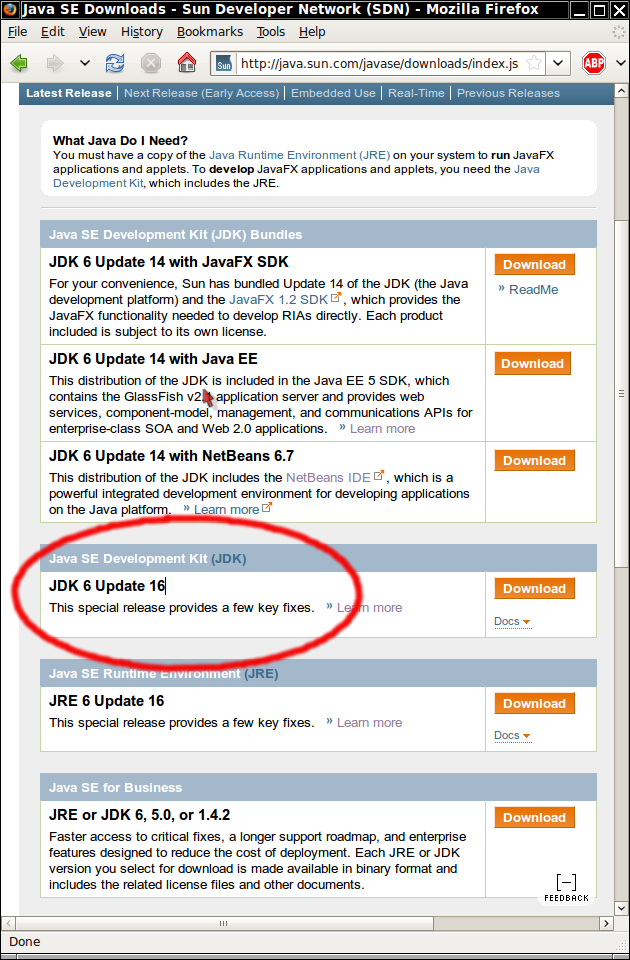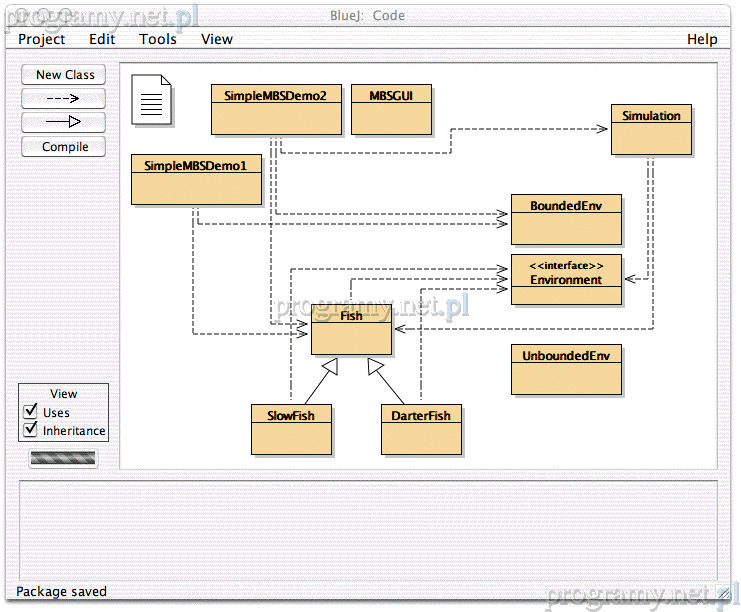
- #BLUEJ INSTALLER HOW TO#
- #BLUEJ INSTALLER INSTALL#
- #BLUEJ INSTALLER UPDATE#
- #BLUEJ INSTALLER DOWNLOAD#
The third way is via the "+libs" directory.

These libraries will be available in all projects. Of the "Preferences" dialog also, but libraries cannotīe added to or removed from the userlib directory via the dialog. Libraries loaded via this second method are listed in the "Libraries" tab Naturally, to put a library in a "userlib" directory,Ī person must have write access to the directory. Same installed copy of BlueJ, so it can be used for instance inĪ lab environment to make the libraries available to all students. This is intended to be a "system wide" method to useĬustom class libraries as it will apply to all users using the Which is itself found inside the folder in which BlueJ was installed).Īny libraries placed in this directory will be loaded by BlueJ. The second way is via the "userlib" directory, foundĪt /lib/userlib (that is, inside the "lib" folder SimpleIO (not the simpleIO directory itself) as the library! Named "simpleIO"), choose the directory that contains In a named package directory structure (for example in a directory Select the jar file itself as the library.

One small thing to look out for: if the classes are in a jar file, The selected libraries will now be available Then add the location where your classes are as a library path. The "Preferences" dialogue and select the "Libraries" tab. The first way is via the "Preferences" dialog. There are actually three ways of doing this in BlueJ.

Without the need to copy all the simpleIO classes into every project. You may have your own package called "simpleIO" that In the same style as the Java standard libraries. However, in this case the question was about the difference in size between the EXE and the MSI coming out of an InstallAware build, and then the difference is the runtimes explained above.Sometimes, you may want to make your own libraries generally available Legacy Setup.exe Installer: Note that an EXE file can also be a non-MSI installer In other words an old-style installer not based on the Microsoft MSI format (which is a MS-SQL database stored in an office-style binary file), but rather an installation script of various formats such as Wise Script, Installscript, Inno Setup, NSIS, etc.
#BLUEJ INSTALLER DOWNLOAD#
Can you set it to download rather than embedding? You can also supply it as a separate download.
#BLUEJ INSTALLER UPDATE#
I would prefer using Windows Update for this as well, but if your application is cutting edge, you might want to include the required engine. NET runtime version required by the application.

It requires the right version of the Windows Installer Engine Runtime at the very minimum to be installable. An MSI file is a Windows Installer database file capable of installing software. MSI File: An MSI file can only be launched by msiexec.exe - The Windows Installer Engine.
#BLUEJ INSTALLER INSTALL#
#BLUEJ INSTALLER HOW TO#
UPDATE: Some resources with information on how to handle various types of setup.exe files:


 0 kommentar(er)
0 kommentar(er)
